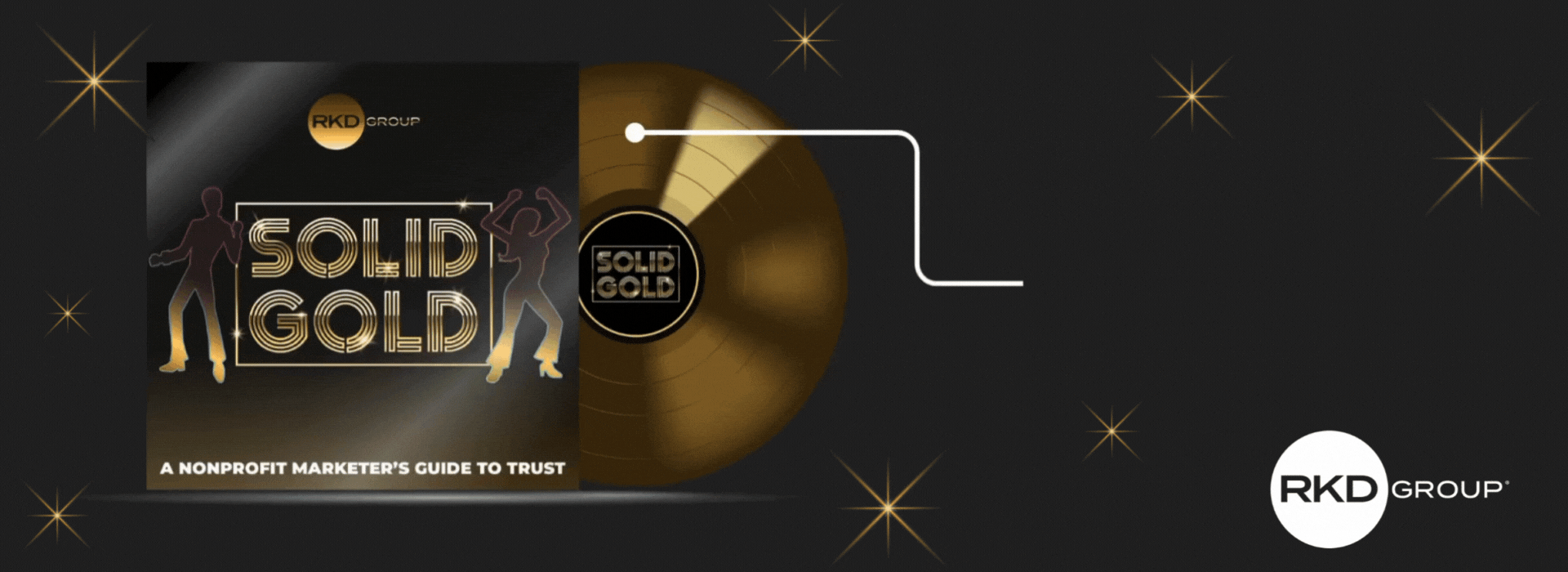In the nonprofit fundraising world, the topic of naming conventions for mid-level donor programs often sparks lively discussion.
A few months back, a blog post by Veritus Group urged nonprofits to “Get Rid of Your Giving Club.” Others say that the name is an essential piece of defining this giving group.
But it’s not that simple.
In our experience, we’ve seen success with both named and unnamed mid-level programs. Naming a program can sometimes limit its potential, but in other scenarios it can act as a potent retention tool by giving donors an affiliation to the organization.
Either way, it's crucial not to get overly formulaic or polarized—we know “always” or “never” rarely works in today’s world where one size definitely does not fit all.
So, let’s take a look at what makes mid-level (and major) giving successful, as well as at a few factors to consider if you’re thinking about naming your mid-level program.
Start by understanding your donors
Before you think about naming your program, you need to understand your audience. That’s because donors aren’t mere statistics. They’re individuals with unique reasons and motivations to give.
In an age where personalization is paramount, this point can’t be overemphasized. You must gauge donor sentiment and preferences to prevent costly missteps—never make assumptions on behalf of your donors.
What do I mean by that?
Some donors are content to settle into mid-level giving; others might be testing you to see how you approach them before they commit to a larger gift. While some donors might cherish a phone call, others might prefer a succinct voicemail updating them on recent accomplishments. Some donors might love an invitation to a gala or dinner; others might choose to quietly volunteer their time.
Send out surveys, ask questions and gather information. Then, you can begin to craft meaningful donor journeys that are more personalized. And you can lean into data and advanced modeling to determine which donors fit which paths.
Focus on building trust
From there, you need to build trust with your donors.
RKD’s research—Solid Gold: The Nonprofit Marketer’s Guide to Trust—aimed to understand why trust in nonprofit organizations has been falling in recent years. We surveyed 1,630 donors and found that the primary driving forces in building trust are transparency and competence.
Donors need to believe that your organization is capable of addressing the mission they care about. And they want updates and information on how you’re using funds toward the cause.
As donors increase their giving levels, their demand for competency and transparency from the organization increases. They want to know where their money is going and what it’s accomplishing before committing to a major gift.
For some mid-level donors, the pursuit of a major gift can feel pushy—which can hurt retention. They see invites to events or calls to provide information as a setup for the next ask. And that’s because you haven’t gained their trust yet.
Having a strong stewardship plan and reporting back to donors on how you’re using their gift is far more critical than the name (or lack thereof) for your mid-level program.
To name or not to name?
There are several factors to consider when thinking about naming your mid-level program:
The goal of the program: Are you using the program as a retention strategy or an upgrade strategy? The former focuses on the mission and what’s accomplished; the latter can emphasize stair-stepped levels of giving and what each accomplishes.
The cause: Does the cause or culture of the cause naturally lend itself to a name? Institutions like universities or hospitals might benefit from naming due to their hierarchical nature.
The offer: Can the organization’s programs be encapsulated well in a name? You see this often in monthly giving clubs, like the American Bible Society’s Bible a Month club. But mid-level clubs need to take it to the next level, like St. Labre’s Sacred Circle.
Special recognition: Are you acknowledging mid-level donors in annual reports, impact reports or other channels? A naming convention might boost this recognition.
Benefits: Will this mid-level group receive exclusive access or inside information that other donors might not receive? Tying the right value of benefits to the group can be an incentive.
The local factor: People like to see their donations making a difference close to home. Being part of a local community of like-minded folks can often be a compelling motivator for donors.
It’s also important to note that this is not a one-size-fits-all formula that works for every nonprofit organization. These factors can help shape a mid-level program, but they are not a recipe for success.
The final verdict
Named mid-level programs can work wonders for some organizations. Other nonprofits operate just fine without a named program. The key determining factor is to continuously evaluate the relevance of naming and ensure that form doesn't overshadow substance.
And most importantly, regardless of whether a program is named or not, always evaluate the donor relationship for the ability and opportunity to make a major gift (beyond the mid-level gift). This brings the conversation back to where we started. You never want to put an artificial lid on a donor relationship. Even if a program is named, make sure you are constantly evaluating and modeling donor behavior to see if that donor is ready to give at a higher level.
In a landscape where donor preferences are diverse, being responsive to donors’ needs and feedback remains the cornerstone of successful fundraising. Named or unnamed, mid-level donor programs must prioritize transparency and competency to thrive.






Leave a comment: